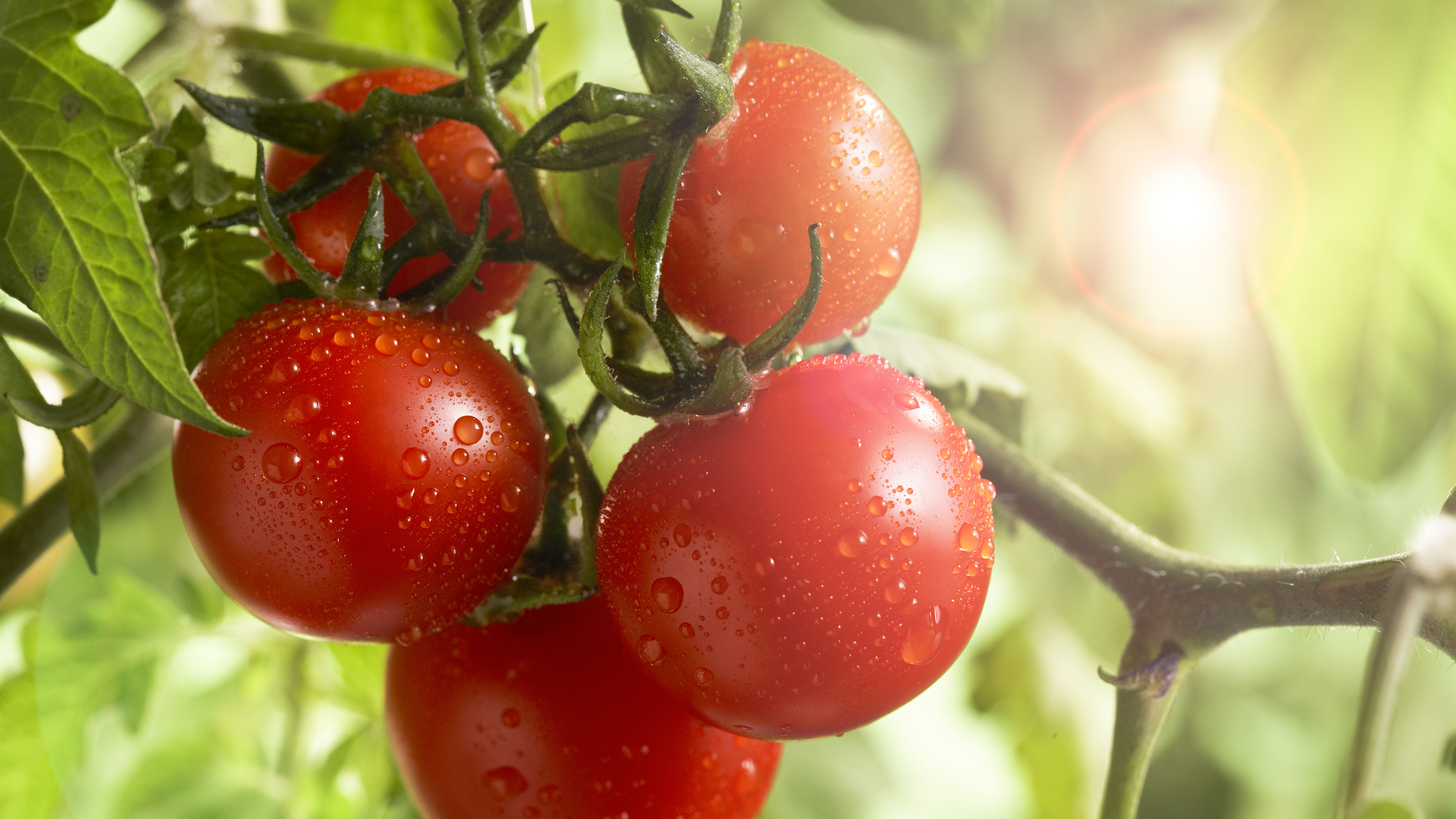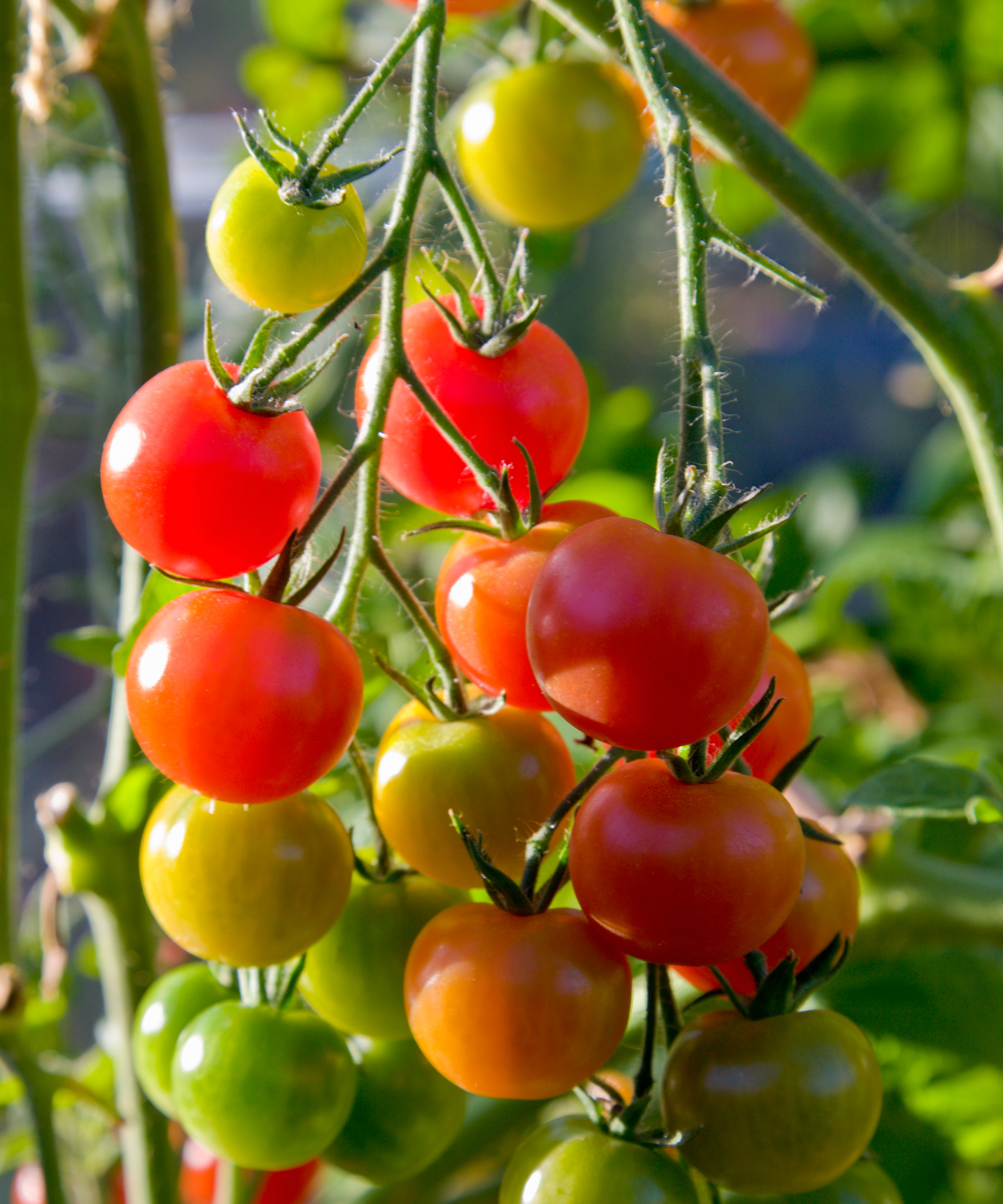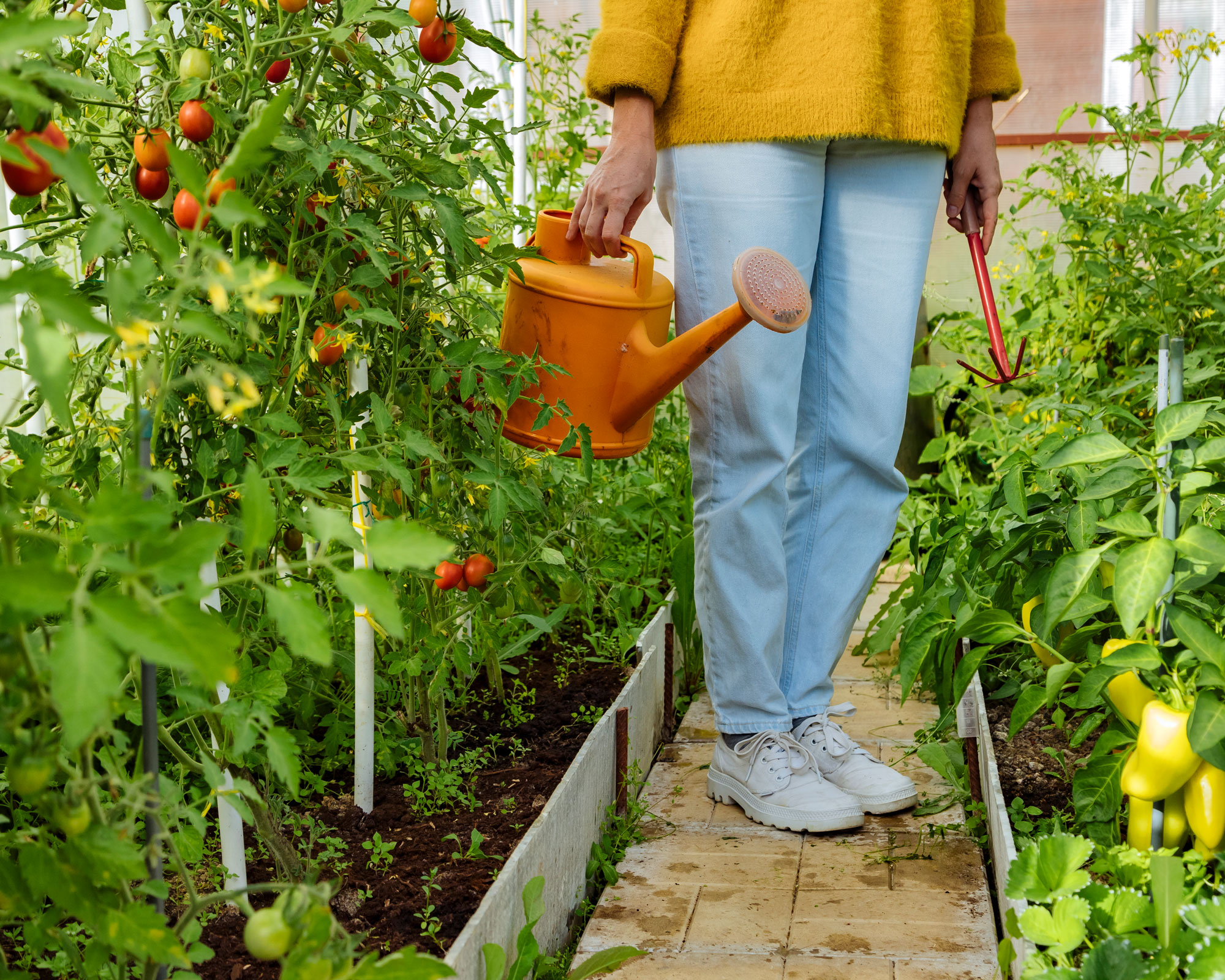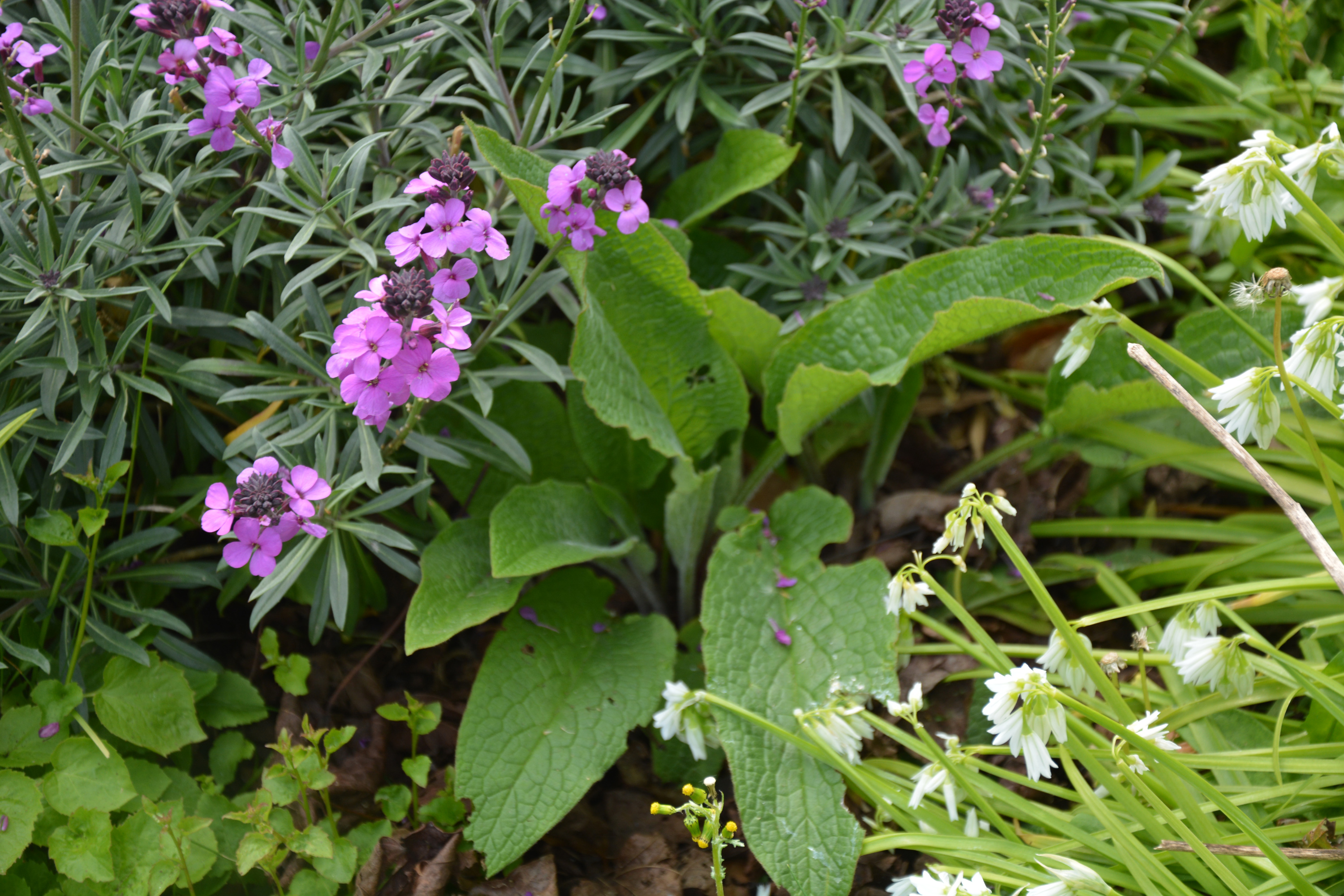Monty Don reveals what you must do now if you want the best tomato harvest
Take action right now to get more tomatoes from your garden this summer, says Monty Don


Home tomato growers will be starting to enjoy the fruits of their labor now as the major harvesting period arrives. This part of the year is always a treat for the tastebuds, and if there’s a flavor to beat that of a tomato straight from the garden, we’d be hard pressed to name it.
Gardening expert, author and broadcaster Monty Don is, of course, a dedicated grower of tomatoes, and they’re a feature of the vegetable garden at his home, Longmeadow. And when Monty told us there’s a way to extend the tomato harvest as well as ensure our green tomatoes ripen fully if we take action now, we wanted the lowdown.
So, whether you’re an experienced gardener or a more recent grad of the how to grow tomatoes school, we’re giving you the inside track on extending the tomato harvest here.
Monty Don’s top tips on extending the tomato harvest in August
Monty Don revealed his advice on extending the tomato harvest in August on his website. We’re sharing his advice, plus some of our own tips.
It’s time to get tending your tomatoes because we’re coming up to the prime harvesting period, Monty explains. Of course, that means plentiful tomatoes are imminent, but there are two reasons why you’ll want to take Monty’s advice. The first is that you can make the harvesting period longer – and who would say no to that? The second reason is that you can make sure all the fruits that are currently green ripen fully. The takeaway? Action now means more tomatoes in your kitchen garden.
Whether you're growing tomatoes in pots on your patio, in a greenhouse or as part of your raised garden bed ideas, there are a few things you need to do to maximize your crop, Monty explains.
1. Remove the lower leaves from your tomato plants
First off, you should strip off the bottom half of the leaves on each plant. How often will you need to do this? Weekly, Monty advises, and you can carry on until there are no leaves left at all. Removing the leaves like this allows both light and air to reach the growing fruits. They’ll get more sun, Monty explains, and the risk of disease is reduced by the additional ventilation.

2. Reduce how much you water your tomato plants
Pay attention to your watering regime to extend the tomato harvest, too. Monty advises reducing the number of time you're watering plants unless it is very hot. This avoids the fruit splitting, he says.
Also crucial is to continue feeding your tomatoes so you get the best fruit production. Continue giving them a weekly feed of liquid seaweed, Monty says, or alternatively, you could use a home-made comfrey feed. Comfrey is rich in the potassium required for fruit production, so using this in place of liquid seaweed is also great way to boost your tomato harvest.

3. Feed your tomato plants for better results
Also crucial is to continue feeding your tomatoes so you get the best fruit production. Continue giving them a weekly feed of liquid seaweed, Monty says, or alternatively, you could use a home-made comfrey feed. Comfrey is rich in the potassium required for fruit production, so using this in place of liquid seaweed is also great way to boost your tomato harvest.
If you like the idea of using home-made comfrey feed in your garden, you’ll need established plants from which you can pick off the leaves. Be sure to wear a pair of the best gardening gloves while you do this as the hairy leaves can irritate your skin.
Here's how to do it:
- The leaves should be chopped up and put into a container with a lid. Don’t put any flowers or stems in there – but you can use the stems on the compost heap. Add water, cover, and wait.
- It will take a few weeks for the leaves to break down. What you’ll get is a dark liquid and beware, it has an awful smell, which is why you should cover it.
- To use your feed, drain it off but bear in mind that it’s important to dilute liquid comfrey feed before using it on tomatoes at a ratio of one part comfrey to 10 parts water.

Comfrey plants

Sarah is a freelance journalist and editor writing for websites, national newspapers, and magazines. She’s spent most of her journalistic career specialising in homes and gardens and loves investigating the benefits, costs and practicalities of home improvement. It's no big surprise that she likes to put what she writes about into practice, and is a serial house revamper.
